Landscaping is vital for enhancing the beauty, functionality, and value of residential and commercial properties. As we move into 2025, innovative landscaping trends transform outdoor spaces into sustainable, multi-functional environments catering to modern needs. Here’s a look at the top trends shaping residential and commercial landscaping this year.
1. Sustainable Landscaping Practices
Sustainability is a key focus for property owners looking to reduce environmental impact while maintaining stunning landscapes. Both residential and commercial properties are adopting eco-friendly solutions that balance aesthetics with responsibility.
Key Practices:
• Native Plants: Using plants adapted to local climates reduces water use and maintenance while supporting local ecosystems. For example, drought-tolerant species like ornamental grasses are ideal for hot summers.
• Smart Irrigation Systems: Advanced systems monitor soil moisture and weather conditions, ensuring efficient water usage. These systems are particularly beneficial for large commercial properties.
• Organic Landscaping: Avoiding chemical pesticides and fertilizers creates healthier environments for families, employees, and visitors.
2. Seasonal Planting for Year-Round Appeal
Seasonal planting is popular among residential and commercial property owners who want vibrant landscapes yearly.
Residential Properties:
• Homeowners opt for plants that bloom in different seasons to ensure their gardens remain colorful year-round. Spring flowers like tulips and daffodils transition into summer perennials like hydrangeas, followed by fall foliage from maples or chrysanthemums.
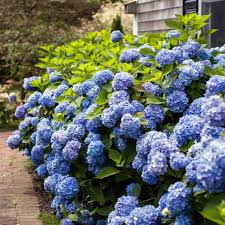
Commercial Properties:
• Businesses use seasonal planting to create eye-catching displays that align with their branding. For example, spring blooms attract visitors, while evergreen shrubs maintain greenery during winter.

3. Outdoor Workspaces and Functional Green Spaces
Outdoor spaces are evolving into areas for work, relaxation, and social interaction, blending functionality with nature.
Residential Properties:
• Homeowners are creating outdoor living areas with patios, fire pits, and garden seating. These spaces provide opportunities for relaxation and entertaining guests.
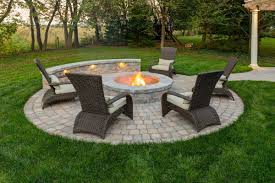
Commercial Properties:
• Businesses are incorporating outdoor workspaces with shaded seating, Wi-Fi access, and collaborative zones. These spaces improve employee productivity and well-being while attracting tenants in competitive real estate markets.

4. Innovative Design Trends
Modern landscaping designs emphasize creativity and multi-functionality.
Residential Innovations:
• Vertical gardens (green walls) are used in smaller yards to maximize greenery without taking up ground space.
• Homeowners also integrate water features like fountains or ponds to create tranquil environments.
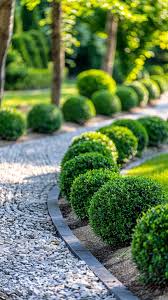
Commercial Innovations:
• Rooftop gardens and green roofs are becoming staples in urban commercial buildings. They enhance aesthetics, provide insulation, reduce energy costs, and improve air quality.
• Multi-functional green spaces serve as recreational areas for tenants or visitors while promoting sustainability.
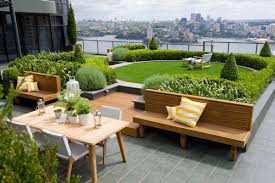
5. The Role of Landscaping in Property Value
Whether it’s a home or a commercial building, professional landscaping significantly boosts property value by improving curb appeal.
Residential Impact:
• A well-maintained garden can increase a home’s resale value by up to 15%. Features like mature trees or perennial beds make properties more attractive to buyers.
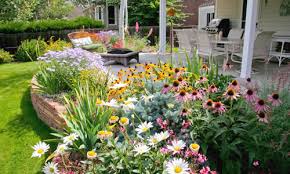
Commercial Impact:
• Attractive landscaping helps businesses attract tenants and customers. Studies show that properties with appealing outdoor spaces experience lower vacancy rates and higher rental income.
6. Local Market Insights: Raleigh-Durham Area
In regions like Raleigh-Durham, where the climate supports diverse plant life, native plants such as dogwoods and azaleas thrive in residential gardens. Drought-resistant landscaping can also benefit commercial properties and combat the heat island effect caused by urban development.
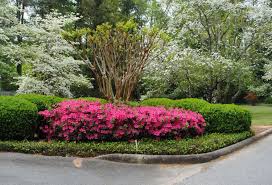
Landscaping is no longer just about aesthetics—it’s about creating sustainable, functional spaces that meet the needs of modern lifestyles. Whether you’re a homeowner designing your dream backyard or a business owner enhancing your property’s curb appeal, these trends inspire transforming outdoor areas in 2025.
Ready to elevate your property with expert landscaping? Contact us today to explore how we can bring these trends to life on your residential or commercial property!
